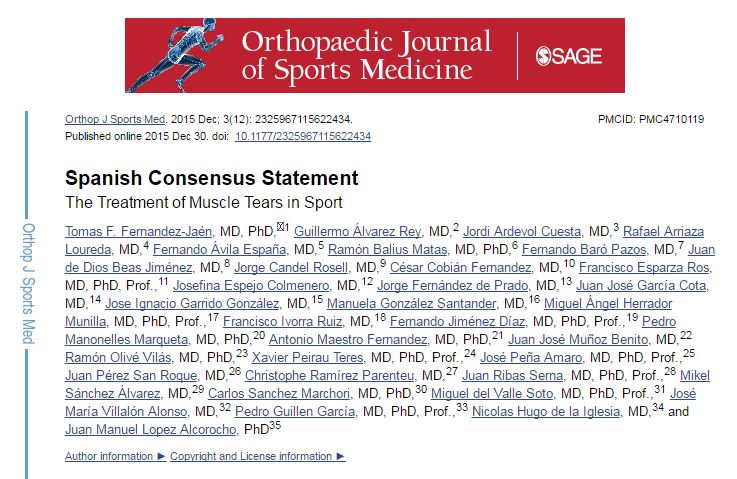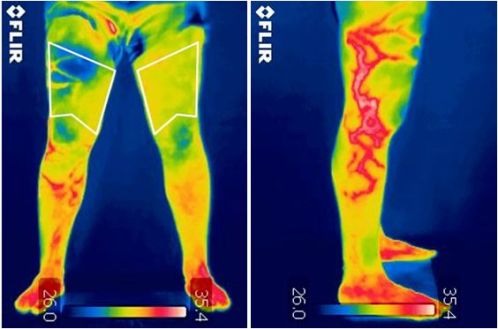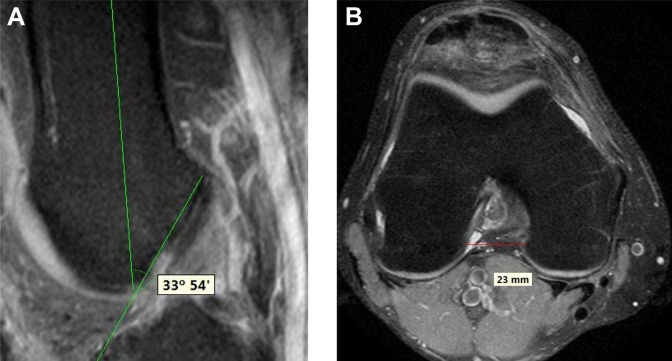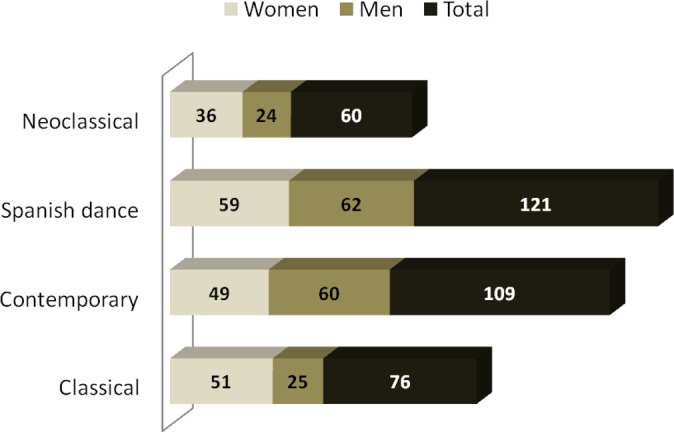Spanish Consensus Statement: The Treatment of Muscle Tears in Sport
Publicado en: Orthopaedic Journal of Sports Medicine
On the 21st of March, 2015, experts met at Clínica CEMTRO in Madrid, Spain, under the patronage of The Spanish Society for Sports Traumatology (SETRADE), The Spanish Federation of Sports Medicine (FEMEDE), The Spanish Association of Medical Services for Football Clubs (AEMEF), and The Spanish Association of Medical Services for Basketball Clubs (AEMB) with the aim of establishing a round table that would allow specialists to consider the most appropriate current general actions to be taken when treating muscle tears in sport, based on proven scientific data described in the medical literature. Each expert received a questionnaire prior to the aforementioned meeting comprising a set of questions concerning therapeutic indications generally applied in the different stages present during muscle repair. The present Consensus Document is the result of the answers to the questionnaire and resulting discussion and consensus over which are the best current indications in the treatment of muscle tears in sport. Avoiding immobilization, not taking nonsteroidal anti-inflammatory drugs (NSAIDs) randomly, fostering early mobilization, increasing vascularization of injured, site and regulating inflammatory mechanisms-without inhibiting these from the early stages of the recovery period-all stood out as main points of the Consensus Document. Additionally, there is controversy concerning cell stimulation techniques and the use of growth factors or cell inhibitors. The decision concerning discharge was unanimous, as was the criteria considered when it came to performing sport techniques without pain.
Referencia:
- Fernández Jaén et all. “Spanish Consensus Statement: The Treatment of Muscle Tears in Sport” Published December 30, 2 2015 doi: 10.1177/2325967115622434.Orthopaedic Journal of Sports. Medicine Decembre Vol. 3, 12 (2015)




